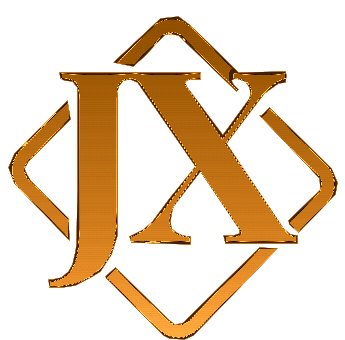Ruthenium in Medicine: Revolutionary Recycling or a Medical Mirage?" In the realm of medical advancements, Ruthenium, a lesser-known member of the platinum group metals, emerges as a potential game-changer. But as we delve deeper, a pivotal question arises: How does recycling play into Ruthenium's medical applications?
Ruthenium's role in medicine, particularly in cancer therapy, is groundbreaking. Its compounds are being used in chemotherapy treatments, showing promising results against various types of cancers. However, with Ruthenium's rarity and the increasing demand in the medical field, recycling this precious metal has become crucial.
The recycling process of Ruthenium in medicine is a blend of complexity and innovation. It involves extracting Ruthenium from medical equipment and pharmaceutical waste, followed by a series of purifying processes to ensure its suitability for reuse in medical applications. This not only supports sustainable practices but also addresses the scarcity of Ruthenium.
Yet, the controversy lies in the viability and efficiency of recycling Ruthenium for medical use. The precision required in the medical field is unparalleled, and any slight impurity in recycled Ruthenium could have dire consequences. This raises the question: Is the recycling process reliable and safe enough for medical standards?
Despite the challenges, the recycling of Ruthenium holds immense potential. As technology advances, the processes of extraction and purification are becoming more refined, paving the way for a sustainable approach to medical innovations.
In conclusion, the role of Ruthenium recycling in the medical field is not just a possibility; it's a burgeoning reality. As we navigate the complexities of recycling this rare metal, its potential to revolutionize cancer treatment and other medical applications grows ever clearer.
文章末尾固定信息



评论